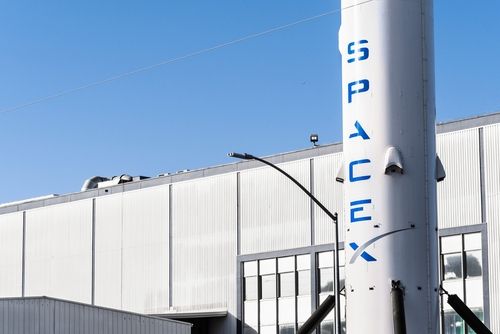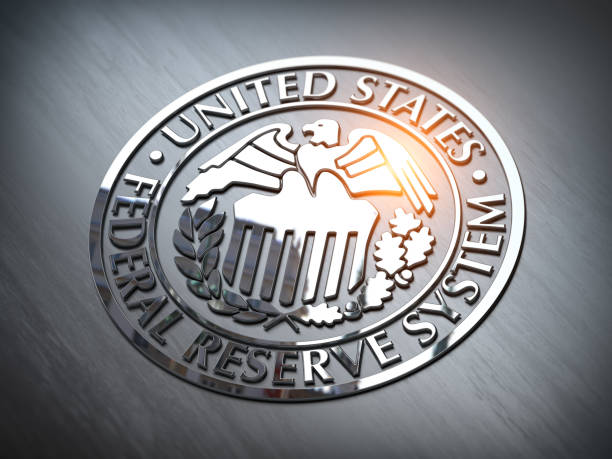S&P 500 Enters Correction——Was Trump a Bull Market Killer?

TradingKey — With President Trump's tariffs remaining unpredictable, Wall Street's optimism for a renewed U.S. stock market rally has quickly faded. The S&P 500 Index has dropped more than 10% from its all-time high, officially entering technical correction territory. Markets are now debating whether the benchmark could slide into bear market territory.
On Thursday, March 13, all three major U.S. indices dropped over 1%. The S&P 500 traded at 5,521.52 points, down more than 10% from its February peak, while the Nasdaq Composite had already entered correction territory last week.
The stock market rout stems from multiple factors, including Trump's trade wars, including Trump’s trade wars, capital shifts to China and Europe, and broader geopolitical tensions. The critical question now is whether the S&P 500 will decline another 20% to enter a bear market.
Yardeni Research notes that corrections are common, with the S&P 500 experiencing 56 pullbacks since 1929, 22 of which descended into bear markets. The average correction lasts 115 days, yet the current downturn has lasted just 22.
Notably, this correction unfolded in just 16 trading days—the seventh-fastest decline since 1929—raising concerns about its unprecedented speed. Historically, most market corrections take about two months to resolve.
Remarkably, three of the seven sharpest declines during this period occurred under Trump's presidency—in 2018, 2020, and now 2024.
Economic indicators and models are flashing warning signs of U.S. growth slowdown. Morgan Stanley warns that if a recession materializes, the S&P 500 could drop another 20%.
Adam Sarhan, founder of 50 Park Investments, argues that market sentiment has shifted, with fear now dominating—partly due to uncertainty over Trump’s trade policies and economic growth concerns. Bearish sentiment prevails, with every rebound attempt met by sharp sell-offs. If this pattern continues, the bull market could fully collapse into a bear market.
UBS analysts advise investors against buying the dip, expecting the S&P 500 to decline another 5% to hit 5,300 points in the near term.







